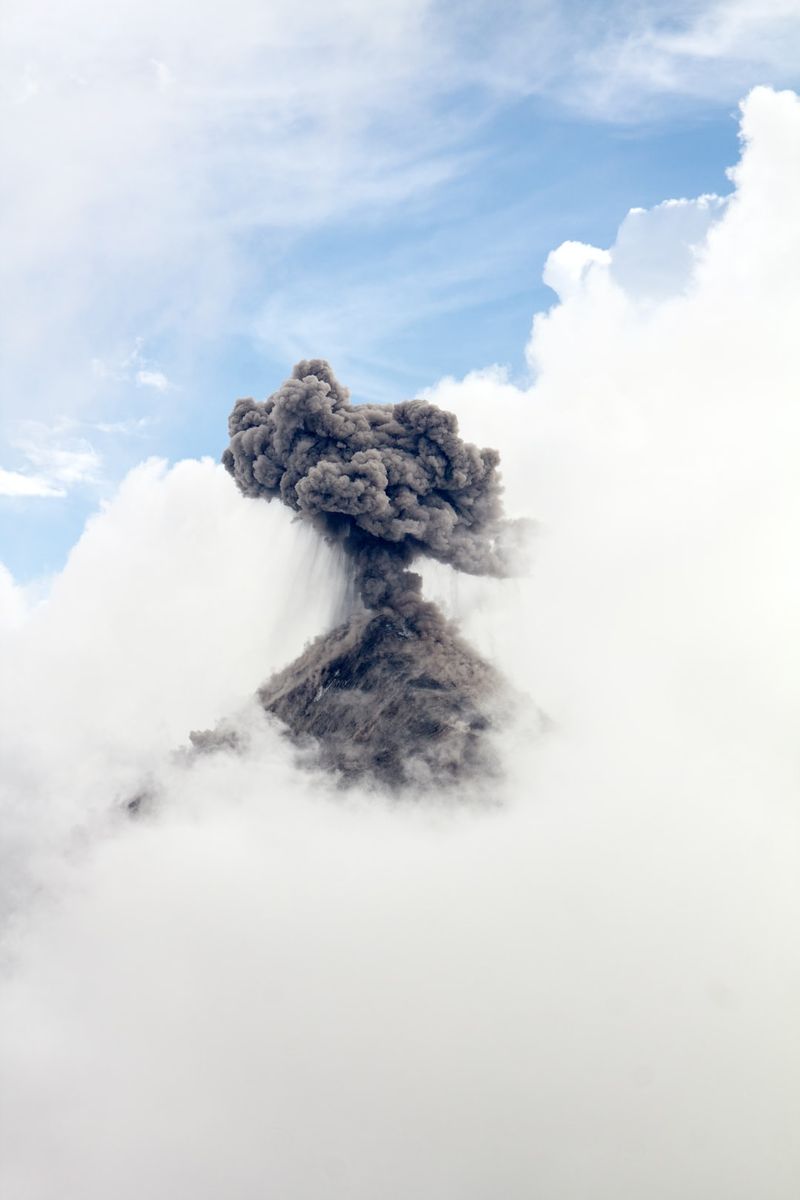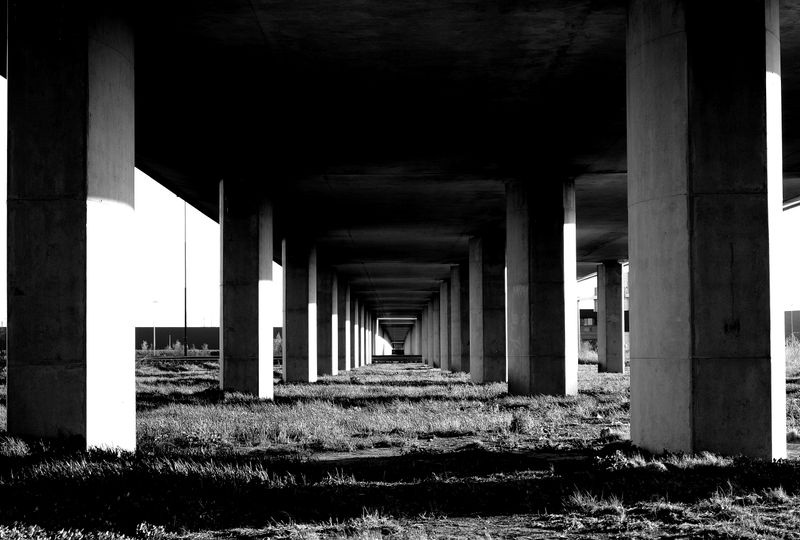Kilauea Volcano Erupts Again in Hawaii
On Wednesday morning, Hawaii‘s Kilauea Volcano began erupting again, as reported by the Hawaiian Volcano Observatory. The flow of lava was first detected at 4:44 am HST, and the alert level for the volcano was raised to “warning.” As of now, the eruption is confined within the Hawai’i Volcanoes National Park, and there is no evidence that populated areas are under threat.
The Dynamic Phases of an Eruption
As with any volcanic eruption, the opening phases of the Kilauea eruption are dynamic. The Observatory reported that fissures at the base of the Halemaʻumaʻu crater are generating lava flows on the surface of the crater floor. The hazardous zone is currently confined within the Halemaʻumaʻu crater, and officials from the Observatory are in “constant communication” with park officials to ensure visitors’ and park rangers’ safety.
The Historical Context
Kilauea had previously erupted in January, and many had predicted that the volcano was exhibiting “heightened unrest” over recent months. The December eruption was the first time the volcano had stopped erupting since September 2021. It was the first time that both Kilauea and its neighboring Mauna Loa had erupted simultaneously since 1984.
Impact on Communities
While the eruption is currently confined to the National Park, residents of the area remain on high alert. The Hawaiian government has urged residents to remain prepared, with an emergency kit and evacuation plan at the ready in case the eruption escalates.
The Beauty and Danger of Active Volcanoes
Volcanic eruptions offer unparalleled beauty and demonstrate the power of nature in its purest form. As we witnessed in the Pacific Northwest’s Mount St. Helens eruption in the 1980s, however, volcanic eruptions can also be incredibly deadly.
Given the danger of volcanic eruptions, it is essential to appreciate the beauty of nature without putting ourselves or others at risk. Public visitors who want to witness the eruption of the Kilauea volcano are encouraged to maintain safety precautions, including staying on marked trails and overlooks and avoiding closed areas. Visitors must remember that they are observing a sacred event and should not disrupt the natural beauty of the volcanic eruption.
The Conclusion
Volcanic activity, while beautiful, requires special caution. It is the responsibility of authorities and the general public to ensure that we appreciate and learn from Mother Nature’s grandeur while avoiding putting ourselves and others in harm’s way.

<< photo by Caitlin Wynne >>
You might want to read !
- “Unveiling the Mysterious World of Avatar 3: A Comprehensive Guide to Its Release Date, Plot, and Latest Updates”
- Exploring the Complex Legacy of The Iron Sheik, WWE’s Infamous Villain
- Exploring the Impacts and Consequences of Kilauea Volcano’s Latest Eruption in Hawaii.
- Azealia Banks faces backlash after insensitive comment about Jacky Oh’s death
- “Assessing the Impact: Doug Burgum’s Presidential Bid”
- An Analysis of Raquel Leviss’ Performance at the 'Vanderpump Rules' Season 10 Reunion Part 3
- Examining the rise of gun violence in America: Analysis of the recent Virginia high school graduation shooting.




